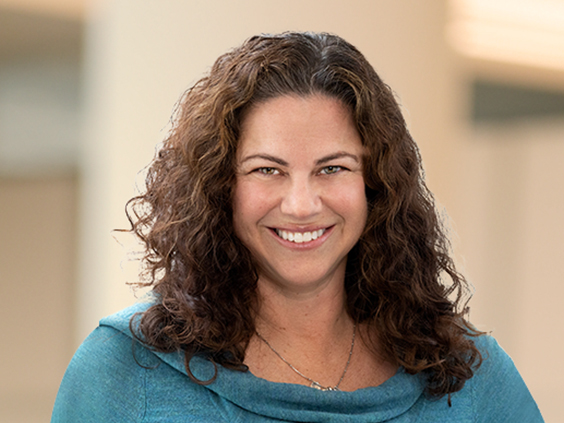Key takeaways
- Turn your business idea into a reality with coaching and funding from local Community Development Financial Institutions
- Learn how to negotiate your rent with confidence.
- Use free tax prep services to claim every credit you’re eligible for, including the Earned Income Tax Credit and Child Tax Credit.
- Consider opening a tax-advantaged savings account to help cover disability-related expenses without affecting public benefit eligibility.
Turning a passion into a business
What’s happening: You’re ready to launch a small business but you need guidance and funding to get your idea off the ground.
What you can do now: Partner with a Community Development Financial Institution (CDFI).
Securing capital can be especially challenging for those who may not qualify yet for traditional bank loans. That’s where CDFIs can help. These specialized lenders provide financing to small businesses, organizations, and individuals, and they are suited to help new business ideas get off the ground.
Certified by the U.S. Treasury, CDFIs raise low-cost capital through grants and low-interest funds provided by the government and banks like Wells Fargo. The more than 1,000 CDFIs across the U.S. collectively manage over $436 billion.

Our commitment to financial opportunity
In 2024, Wells Fargo & Company and the Wells Fargo Foundation donated more than $280 million to nonprofits nationwide to help people and communities access programs that can improve their financial future.
CDFIs offer a wide range of options, such as term loans, lines of credit, credit cards, and real estate financing. Many also provide small business support services at low or no cost, including consulting, coaching, education, connections, and financial planning.
Wells Fargo has a long-standing commitment of supporting CDFIs through philanthropic grants and investments that help extend capital to businesses nationwide. CDFI matching services available through the Small Business Resource Navigator are made possible by a donation from Wells Fargo to Community Reinvestment Fund, USA.
Take action: Visit the Small Business Resource Navigator website.
Read more: The secret to business success? A strong plan. Here’s how to write one.
Negotiating your rent
What’s happening: You just received notice of a rent increase.
What you can do now: Use free tools and advice to help you prepare to ask for a rent adjustment and potentially save hundreds each year.
If your landlord just increased your rent, don’t assume you have to accept it without a conversation. With everyday costs rising — from groceries to gas — housing can feel like the final straw. But if you’re a responsible tenant with a solid rental history, you may have more negotiating power than you think. The best time to start the conversation is one to two months before your lease renewal. Come prepared with research on comparable rental rates, a list of your strengths as a tenant, and a clear ask — such as a lower monthly rate, a longer lease, or added amenities. A respectful, well-prepared five-minute conversation could lead to tangible savings.
The Wells Fargo Foundation provides grant funding to organizations like SaverLife, which offers free financial tools and resources, including scripts for negotiating rent, talking to your family about future planning, and even using AI for grocery bill savings.
Take action: Explore the SaverLife website.
Read more: Your Monthly Money Planner
Unlocking tax-advantaged savings for families living with disabilities
What’s happening: You and your family are facing financial pressures related to a disability.
What you can do now: Consider opening a tax-advantaged savings program such as an ABLE account to help cover qualified expenses such as education, healthcare, transportation, and more.
Available in most states, these accounts are designed specifically for people with disabilities and their families, offering a way to save without potentially impacting eligibility for public benefits.
Wells Fargo & Company and the Wells Fargo Foundation recently provided $1.6 million in grants to the National Association of State Treasurers to help spread the word about ABLE accounts through their ABLEtoday program. ABLEtoday partners with state treasurers to provide plan comparisons, best practices, and strategies to help families maximize their savings.
Take action: Explore how ABLEtoday can support your family’s financial future.
Maximizing your tax refund
What’s happening: You worry you’re missing out on eligible tax credits and deductions because you don’t have money to hire a professional tax preparer.
What you can do now: Take advantage of free, IRS-certified tax preparation services to ensure you’re claiming every benefit you’re eligible for — including the Earned Income Tax Credit (EITC) and Child Tax Credit (CTC). In fact, in 2021, 22% of eligible households did not receive the EITC, resulting in approximately $8.2 billion in unclaimed refunds.
These services are offered through trusted community-based organizations supported by Prosperity Now. Through a recent grant from the Wells Fargo Foundation, $200,000 was deployed to 15 organizations across 12 U.S. markets and will help prepare over 20,000 tax returns, returning an estimated $25 million to households, according to participating nonprofits. Many of these organizations also offer year-round support like financial coaching and help navigating public benefits.
Take action: Visit the IRS VITA page.
Read more: 9 ways to pay less taxes, now and throughout the year






